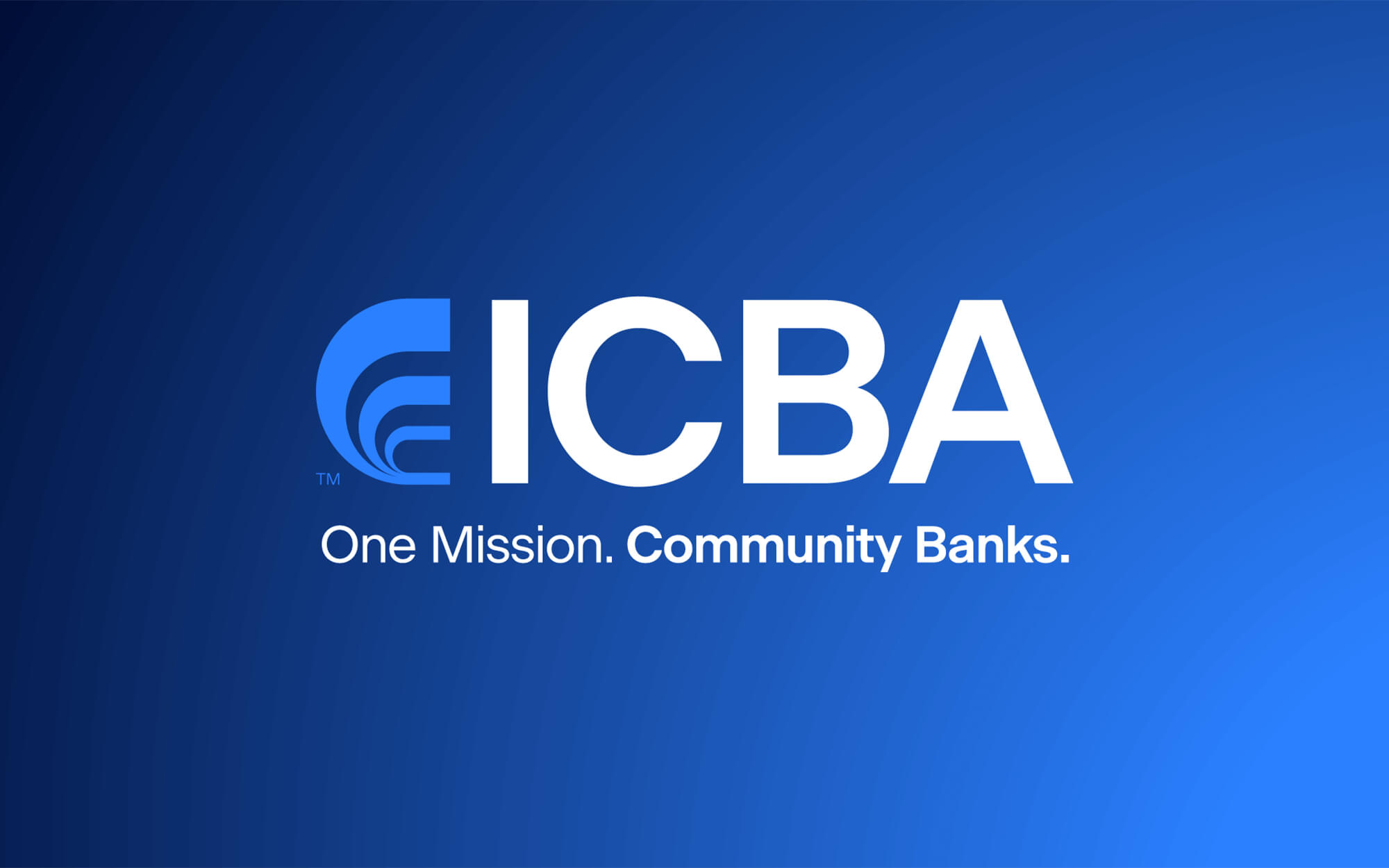The rising interest rate environment in 2022 has created both challenges and opportunities for community bank lenders.
Quick Stat
38%
The difference in commercial real estate transaction volume growth between the first half of 2021 and first half of 2022.
Source: MSCI Real Assets
One of the biggest challenges has been a significant cooling effect on the mortgage market. According to Fannie Mae’s September housing market forecast, mortgage originations are expected to drop sharply from nearly $4.6 trillion in 2021 to $2.4 trillion this year. The impact is somewhat softened by the fact that mortgage activity is pulling back from extreme levels to a more normalized pace, with originations now more on par with 2019 levels.
Although community bankers are cautious on how higher rates could weigh on demand, many are persevering. “We haven’t seen any pullback yet,” says Randy Vicknair, SVP and chief lending officer at First Guaranty Bank in Hammond, La. “Obviously, as interest rates change, that could change as well, but in our markets—Louisiana, Texas, West Virginia and Kentucky—demand is good and customers are proceeding with deals both on the consumer and commercial side.”
The $3 billion-asset community bank has experienced steady growth in its loan originations over the past few years, and 2022 was no exception. Vicknair credits that activity in part to a team of loan officers who are focused on developing and maintaining relationships. “Having those historical relationships with customers and building on those relationships has been crucial for us,” he says, “because we tend to be the first bank they call when they need some sort of new money.”
“Lending activity in the first half [of 2022] was up significantly over the prior year due primarily to the increase in refinance and purchase activity in anticipation of rising interest rates.”
—Michael Psyllos, Alma Bank
Strong momentum lifts volume
Strong momentum in the first half of 2022 may help to sustain year-end results. For example, commercial real estate (CRE) transaction volume during the first half of the year totaled some $375.8 billion, up 38% compared with the same period in 2021, according to MSCI Real Assets.
Demand from CRE borrowers helped drive double-digit growth in lending volume for New York-based Alma Bank in the first six months of the year. “Overall, lending activity in the first half was up significantly over the prior year due primarily to the increase in refinance and purchase activity in anticipation of rising interest rates,” says Michael Psyllos, president and CEO.
The $1.3 billion community bank, which serves the New York City metro, specializes in providing financing to CRE owners, developers and investors, as well as providing commercial and industrial (C&I) loans to operating companies.
Although it is difficult to predict how the CRE market will react to the higher interest rates of the second half of the year, activity slowed in August and September, notes Psyllos.
FDIC data also pointed to a strong start to 2022, with total loan and lease balances at $109.9 billion in the first quarter, up 1% over fourth quarter 2021. Excluding PPP loan forgiveness, the annual total loan growth for the trailing 12 months at the close of first quarter 2022 would have been 9.2%, and C&I loan growth would have been 18%.
First Business Bank in Madison, Wis., anticipates hitting 10% in organic annual loan growth in 2022. Growth is driven in part by healthy C&I business. Some of the strongest areas have been asset-based lending and equipment finance.
The usage of credit lines is also a little bit higher than it was a year ago when everyone had PPP funds, notes Dave Seiler, COO of First Business Financial Services Inc., parent company of the $2.8 billion-asset community bank.
Potential lending hurdles ahead
Lenders are keeping a close eye on market challenges that could slow lending activity in the latter half of 2022 and into 2023. Higher rates are already starting to affect the CRE market. “We’re still seeing growth in the CRE area, but it’s been a little bit slower,” says Seiler. Other potential risks ahead include continued supply chain disruption and inflation.
The reality is that there is a lot of uncertainty in the market, including concerns of a potential recession ahead, which will likely weigh on activity and borrower demand. “All of that will ripple into both C&I and CRE lending,” says Psyllos. However, market disruption could also create opportunities to acquire assets at more attractive levels than where they have historically been trading, he adds.
Identifying growth opportunities
In what could be a more challenging economic environment, community banks are looking at ways to maintain and grow lending business. Some bank and nonbank CRE lenders have moved to the sidelines, which is creating more runway for community banks to compete for deals. Some banks also see an opportunity to capture new commercial and consumer customers following an active year of bank M&A deals and consolidation.
Alma Bank is working to grow its SBA lending platform with 504 and 7(a) loans for clients that might not have access to traditional bank financing. “We came out of the pandemic with a better understanding of the SBA, having done a significant amount of PPP lending,” says Psyllos.
Even if there is a recession ahead, banks in general have better liquidity and better balance sheet strength than they did going into the recession of 2008–09. “Credit quality has been good, and community banks are well positioned,” says Vicknair. “In addition, I think new lending opportunities will surface that have not previously been considered.”
Some lenders tend to have a specific underwriting box. “As a community bank, we have the flexibility to work with customers and figure out ways to get deals done,” he adds. “That’s where we’re going to see a lot of opportunity over the course of 2023.”






